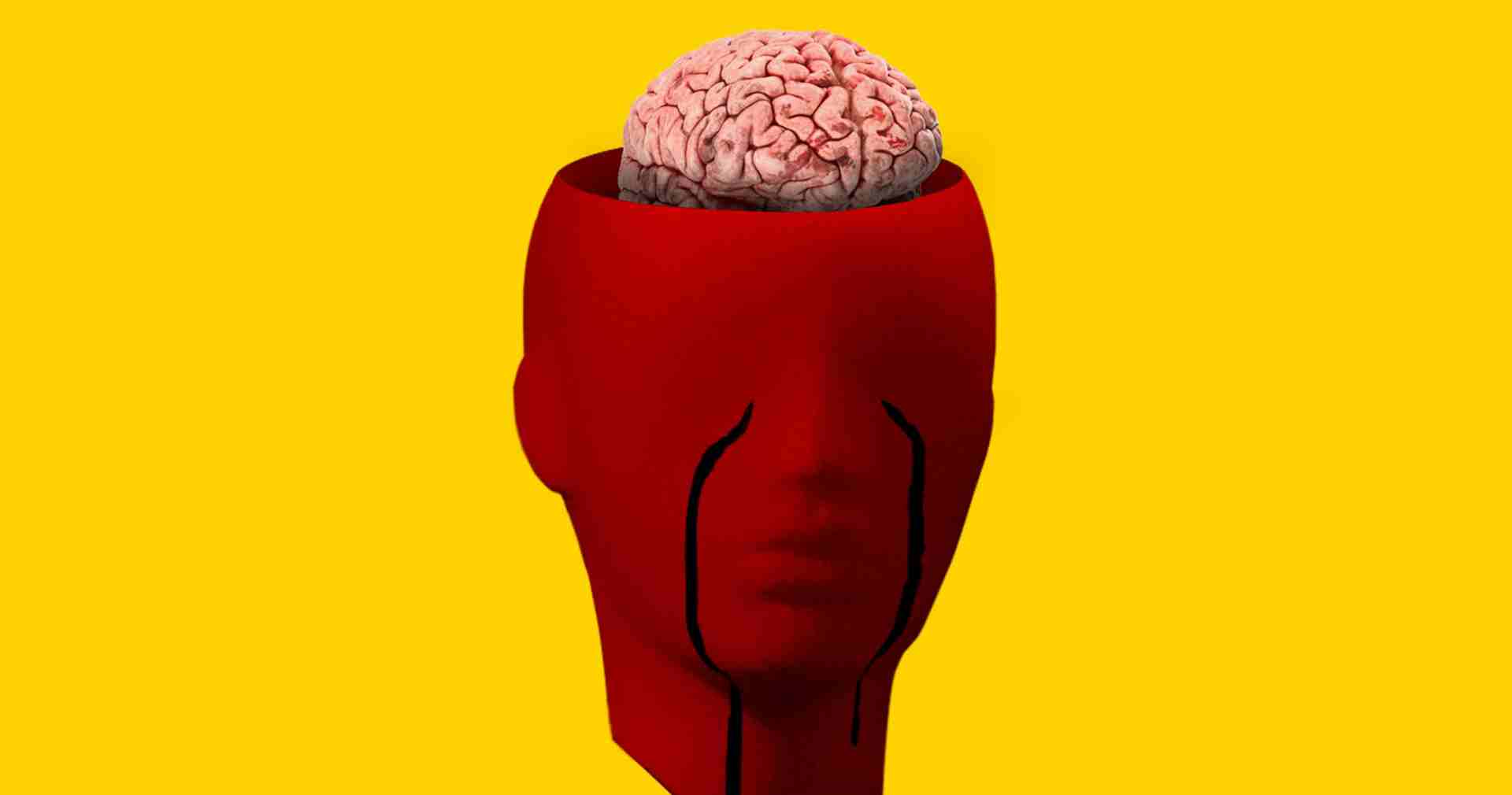When it comes to charitable fundraising, it’s critical to know what motivates donors.
We might perceive charitable giving as a rational act based on the impact and effectiveness of an organisation, but give is psychologically hard-wired. The emotions, values, social pressures, and identification of an individual contribute in large measure to the decision to endorse a cause.
For a charity looking to increase donations, a thorough grasp of the psychology of giving is transformational. It can frame campaigns, craft more persuasive messages and create stronger relationships with donors.
So, let’s explore what makes donors give, and how charities can harness that data to make more people give.
1. The Emotional Call: Why Feelings Drive Donations
An emotional response is central to nearly all donations. Most people don’t give because they believe that it’s the ‘right thing’ to do; they give because they feel compelled. It can be stimulated in a variety of ways and it is one of the most important tools charities have for fundraising.
Compassion and empathy:
The strongest driving force behind charitable action is empathy. People give more if they connect with the people they’re helping. Stories about individuals rather than groups, and which contain specific information about their lives or circumstances, tend to make us feel empathetic and sympathetic. The more donors are able to step into the shoes of those in need, the more individual, even critical, it becomes to give.
Gratitude and Giving Back:
Some donors contribute because they are grateful for what they have in their lives. This manifests in individuals who think they’ve ‘done it all’ or have had more than they need and wish to reciprocate. It is what charities can appeal to by recognising that gratitude and positioning donations as a way for donors to share their fortune and make a difference in the lives of others.
Elimination of Guilt or Liability:
Occasionally, people donate because it relieves a feeling of guilt or liability. This is not a bad motive; it’s just acknowledging that we inhabit a world where there is inequality and pain, and giving can be an escape from that. Charities can evoke this in a subtle way by highlighting how much the donor’s world is unlike the beneficiaries’, without being too manipulated or guilt-ridden.
2. How Giving Gets Created by the Social Media Industry
We are communal beings and our behavior is largely dictated by our peers. Human beings make decisions based on norms, social coercion and the need to be part of a group. This is especially true in charitable philanthropy, where donors are sometimes driven by what others expect from them.
Social Proof and Peer Influence:
People feel inspired when they see others do it. Social proof works like a charm, and that’s one reason why it can be useful to publicly announce the generosity of big donors or present testimonials from other donors. Similarly, peer-to-peer fundraising (where volunteers ask their friends and relatives to donate) exploits this influence, since they are more likely to donate if someone they know and admire is also contributing.
Frustration with Exclusion and Lack of Community:
Most donors donate because they want to belong to a group or cause. Going through a charity makes them feel part of a community and connected to other people who have their values. The charities can capitalize on this by creating a sense of community (through, say, private events, Facebook groups, or ways for supporters to meet each other).
Status and Recognition:
Not all donors are driven by status and prestige. They want their benevolence recognised, whether in public thank-yous, or on a website, or through special ‘insider’ notices. Though not all donors want to be in the spotlight, providing opportunities for them to feel valued and appreciated can foster a greater commitment.

3. Selfhood and Values: To Give is to Be
To most, giving is a reflection of who we are and our commitments. Having a cause is an opportunity for them to demonstrate to the world, and themselves, what they believe in and who they want to be. Giving to causes that resonate with donors’ values on a personal level will encourage a far more profound, lasting commitment.
Harmony with Values:
Donors are more inclined to donate if the mission of a charity resonates with their own values and beliefs. Whether it’s the environment, education of children, or equality, people want to invest in things that speak to them. Charities need to define their values and mission so that they align with the values of their audience.
Legacy and Impact:
Giving provides a way for many donors, especially those entering old age, to leave a legacy and make a lasting difference. They need to feel they’re doing something that will last longer than they do. This motivation drives most legacy gifts (gifts made through a will or inheritance). You can build on this drive by appealing to this motive by highlighting the long-term impact of gifts and providing options for legacy giving.
Religious and Cultural Values:
For some, giving is part of the religious or cultural context. Religions, and cultures generally, promote, or even require, charitable activities, and we tend to stress helping others a great deal. Nonprofits can be responsive to these forces by paying attention to the culture or religious heritage of donors and, where appropriate, focusing on offerings that are consistent with such traditions.
4. The Promise of Impact: Producing Real-World Impact
Emotions and social factors drive giving, but impact alone will make people stay. Donors want to feel like they are a contributing part of something. The more real-world outcomes that charities can provide, and the more they’re able to explain where donations go, the more likely they are to keep donors for the long haul.
Transparency and Accountability:
Donors want to know their money is doing its job. By being open about how donations are spent, and offering transparent, regular updates on impact, charities can develop long-term relationships with donors. Transparency reassures donors and fosters a sense of common cause and confidence.
Clear Goals over Omnibus Goals:
Though most charities set out to accomplish all-encompassing objectives (ending hunger, eradicating disease), donors are often more attracted to narrow, precise outcomes. For instance, demonstrating how a £20 donation might buy a month of clean water or a child’s school uniform is more powerful than a flimsy plea to ‘pay for education’. Organisations should work to quantify the impact of giving in quantifiable, easy-to-identify terms.
Permanent Impact and Feedback Cycles:
Donors want ongoing results instead of a singular accomplishment. Nonprofits can also improve donor retention by creating feedback cycles, disclosing accomplishments and illustrating how ongoing giving is moving the cause forward. This supports the feeling that any amount, even a small one, makes a difference.
5. The Neuroscience of Stress: The Power of the Present
Making the campaign seem urgent is a very effective motivator for fundraising. In situations where people need something immediately, they’re more likely to donate right away, rather than putting it off and forgetting. It is a sense of urgency created by things that go wrong, but also by the way charities structure their calls.
Make Immediate Calls In Disasters:
In the event of an apocalypse, everyone feels the need to act fast to prevent any further suffering. Donations often peak at charitable institutions during a natural catastrophe, a pandemic, or other emergency. While these are unplanned appeals, charities can also inject urgency into pre-planned campaigns by presenting the need as immediate and critical.
Time-Restricted Campaigns and Matching Gifts:
Time-limited campaigns like giving challenges or matching gift drives give people time to make a difference by putting a limit on how much you can accomplish. If donors know that they will receive double the amount of their gift within 24 hours, for instance, they’re much more likely to act quickly. This strategy uses the psychology of ‘limited time deals’ to make people feel they are loosing out if they don’t act quickly.
Conclusion: Embracing the Psychology of Proposal
Learning what inspires donors is not just valuable, it’s transformative. If charities can learn to harness the psychology of giving, they can produce more powerful, enduring campaigns. People give primarily on the basis of emotions, social pressures, values, a sense of mission and the energy of urgency.
It’s easier for a charity that acknowledges and honors these reasons to develop long-term, meaningful relationships with donors. If you are looking to increase donations for your non profit then a good charity management system will help.
Through touching donors’ hearts and minds, and by illustrating the tangible impact their gift is making, charities can get people to give again and again.



